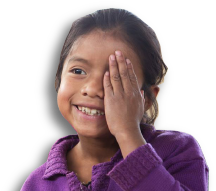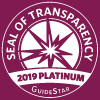
With headliners that included Lucinda Williams and Seth MacFarlane as host, San Francisco’s August Hall lived up to its name when Larry Brilliant’s 80th birthday celebration rolled onto its stage on August 24.
Along with BFF Wavy Gravy and his wife Jahanara Romney, Larry and Girija Brilliant, and a few hundred friends and colleagues filled the venue with what can only be described as love. Jai and Ezra Uttal, Krishna Das, and Salman Ahmed spun their special magic as they strummed and sang. Seth MacFarlane crooned songbook favorites and made the entire house – performers and audience – feel like part of the Seva community.
Continue reading














